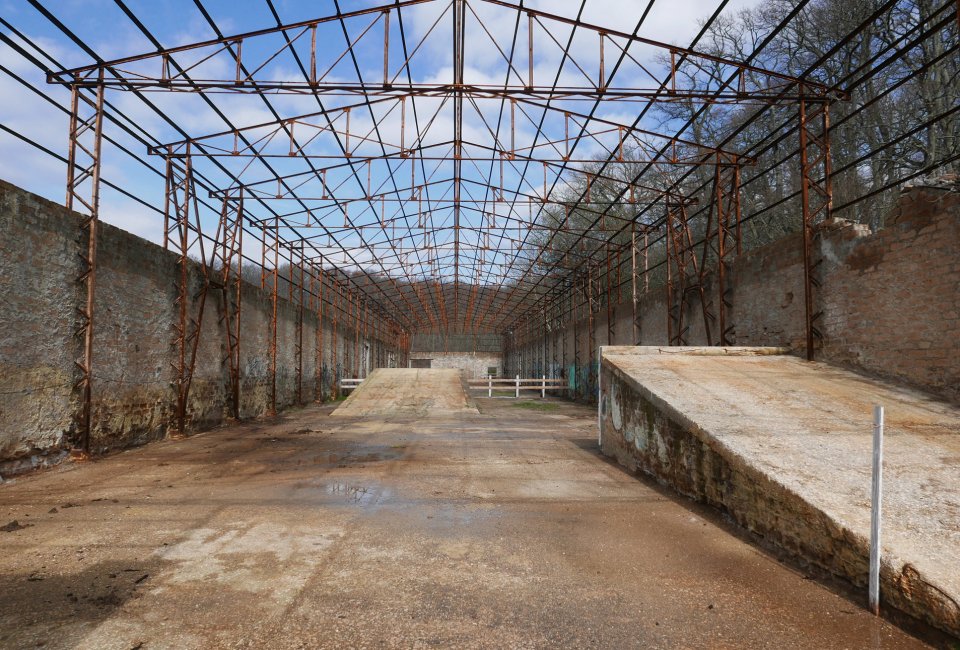
Exploring the vision for a former sulphur mine in the context of common land ownership and management in Manziana Region.
The Project
The Goal
The aim of the project is to develop a vision for Manziana's former Sulphur mine (the Solfatara), which is located on the fringe of the town and the edge of an ancient forest. For the project to be successful, it is essential to co-produce it with community support, taking into consideration the context of the whole area.
Local Task Force
A wide range of local and regional stakeholders were involved in the project such as BIC Lazio, University of Stuttgart (UoS), Università Agraria di Manziana, OSMOS Transversal Planning, Italian National Agency for New Technologies, Energy and Sustainable Economic Development (ENEA), Municipalities, Park,Università degli Studi della Tuscia, local residents, a range of local environmental and archaeological experts, regional tourism experts, CTAC Tuscia Romana, as well as regional decision makers.
The Process
Following the transversal planning process, a co-produced vision was developed to explore the future of the Solfatara. This involved a process of interviews, problem framing, a theme development workshop, a co-creation workshop and general debates.
Existing Dynamics
The project had a strong influence on the political level of discussion, or at least explicitly addressed an issue of political interest. This will ensure that the project will receive public support and funding. In addition, existing local and regional interests are connected to the site. Some of these are considered ambitious, such as re-animating the site's history as a cinematic location, but other more general interests such as job creation, education, and the strengthening of local economy could be supported by the future development.
Obstacles
Initially, it was difficult to involve both conservative stakeholders and innovative thinkers to believe in and contribute to the project. It was also difficult to gain the trust of the local residents and to get their commitment, fearing that this will be another underdeveloped proposal for the site.
Resources
Human and financial resources, as well as the main initiative for setting up the project, were provided by TURAS. Università Agraria di Manziana, Lazio Region, and the local residents provided the expertise and assistance with the venue. They also provided local knowledge and contributed to the visioning workshop. The project missed one important resource which was the Local Action Group (Tuscia Romana).
Strokes of Luck
There were several opportunities that benefited the project. For instance, due to contamination by its previous sulphur mining use, the site was given for free to Università Agraria, a local body managing the forest in common ownership of Manziana's residents. Savings by an EU-funded project then led to decontamination of the site and the renovation of one of the existing buildings.
The Achievements
Short-term Results
During the visioning process, ideas were generated based on abstract examples. In later stages, the project will rely on case studies that are based on feasibility, in particular, energy regeneration aspects. In addition, the co-creation process targeted local and regional interest and focused on connecting it to the site. Redevelopment of the site has thus moved higher up the agenda.
Long-term Benefits
One of the major outcomes of the workshops is the involvement of the local actors. The co-creation process created confidence and trust in their voices being heard in the further development of the site. Their long-term vision for the Solfatara is to address all dimensions of sustainability by generating income from the site, creating a space for community events and creating a greater educational value of the forest. Although local residents have increased their confidence in constructive dialogue, genuine change will not be seen until the site is operational and can be compared to a previous state.
Key lesson learned - Luca explains
"In delicate planning conditions where stakeholders are incapable of having honest and pragmatic face-to-face conversations, the planner must firstly build trust and take a vital 'moderating' role in understanding interests, motives, and tensions through individual interviews or discussions. The planner then must take a 'curatorial' role in synthesising these interests and providing the conditions for a constructive discussion to occur on issues relevant to each stakeholder."
Luca Polizzano, BicLazio
